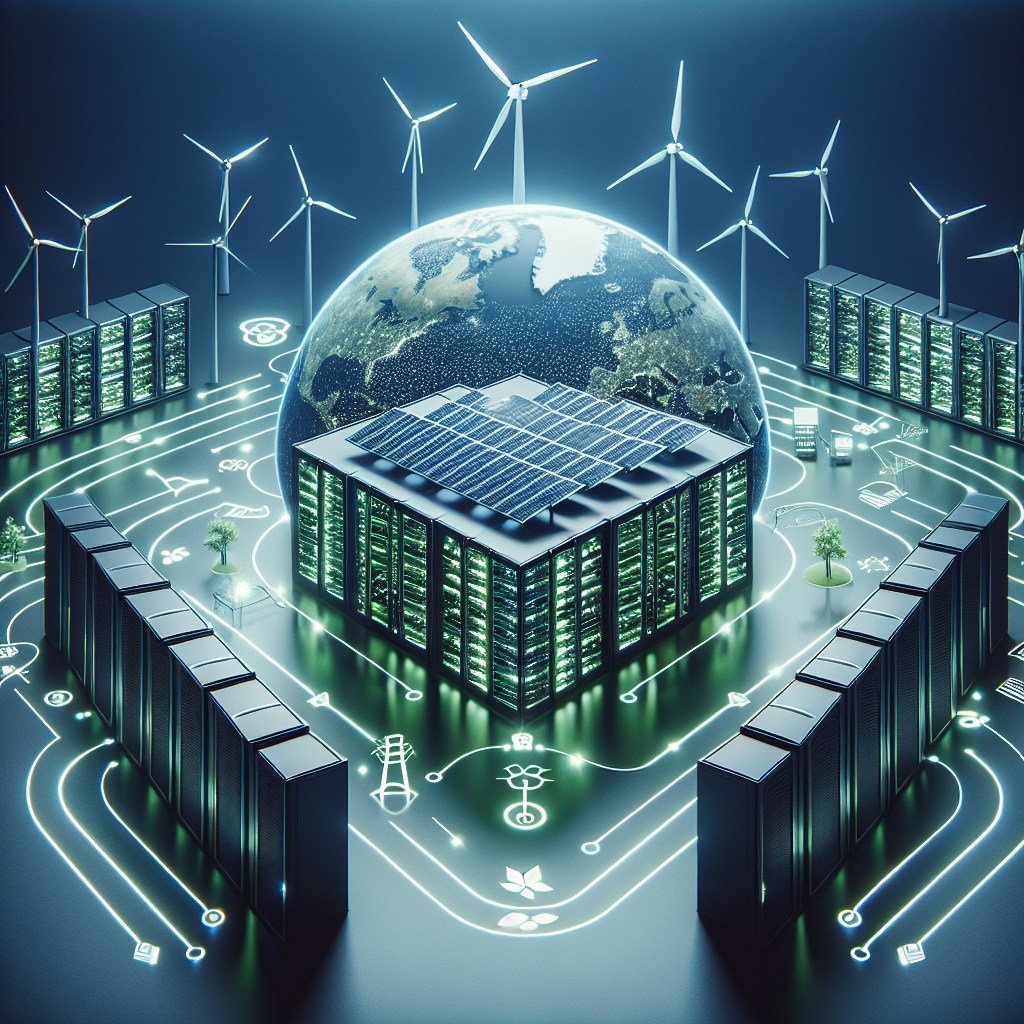As technology continues to advance at a rapid pace, the demand for data centers has increased significantly. These facilities are essential for storing, processing, and managing data for businesses, organizations, and individuals. However, with this increased demand comes the need to address the environmental impact of data centers, particularly in terms of their carbon footprint.
Data centers consume massive amounts of energy to power servers, cooling systems, and other equipment. As a result, they are significant contributors to carbon emissions, which can have detrimental effects on the environment. In recent years, data centers have been under pressure to reduce their carbon footprint and operate more sustainably. One way they are achieving this is by driving efficiency through various strategies and technologies.
One of the key strategies that data centers are using to reduce their carbon footprint is improving energy efficiency. This includes upgrading equipment to more energy-efficient models, optimizing server utilization, and implementing advanced cooling systems. By using energy more efficiently, data centers can reduce their overall energy consumption and lower their carbon emissions.
Another way data centers are reducing their carbon footprint is by increasing the use of renewable energy sources. Many data centers are investing in solar, wind, and other renewable energy sources to power their operations. By using clean energy sources, data centers can significantly reduce their carbon footprint and operate more sustainably.
Data centers are also utilizing advanced monitoring and management systems to optimize their energy usage and reduce waste. These systems allow data center operators to track energy consumption in real-time, identify areas for improvement, and implement energy-saving measures. By continuously monitoring and managing energy usage, data centers can drive efficiency and reduce their carbon footprint.
Furthermore, data centers are exploring innovative technologies such as liquid cooling, which can significantly reduce energy consumption and improve efficiency. Liquid cooling systems use fluids to cool servers and other equipment, reducing the need for traditional air conditioning systems. This not only reduces energy consumption but also minimizes the environmental impact of data centers.
In conclusion, data centers are taking significant steps to reduce their carbon footprint and operate more sustainably. By driving efficiency through various strategies and technologies, data centers are making a positive impact on the environment. As the demand for data centers continues to grow, it is essential for these facilities to prioritize sustainability and continue to implement measures to reduce their environmental impact. By doing so, data centers can play a crucial role in building a more sustainable future for our planet.


Leave a Reply